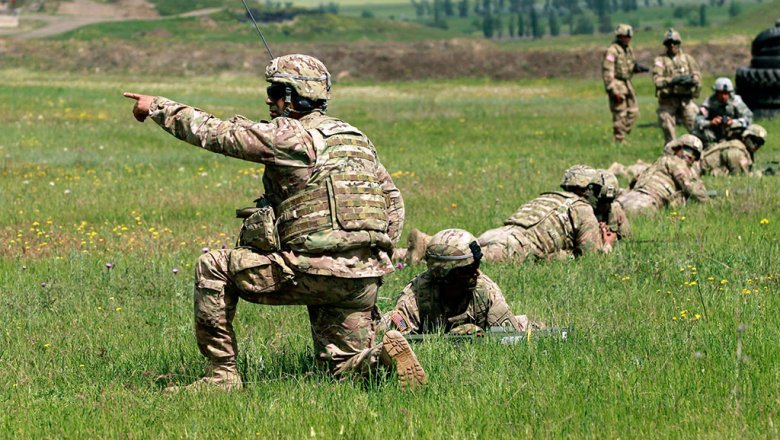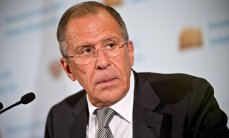NATO will increase the combat readiness of the “hundreds of thousands of war” because of Russia’s actions
NATO translated to the strengthened mode of service is “hundreds of thousands of soldiers” because of the actions of Russia, said the NATO Secretary General Jens Stoltenberg. He explained that this is the most serious measure taken by the Alliance since the end of the cold war.

Hundreds of thousands of NATO soldiers will be transferred to the strengthened mode of service amid growing tension in relations with Russia. About it The Times said the head of the Northern Alliance Jens Stoltenberg.
According to the newspaper, NATO command wants to prepare a significant number of military ground forces able to deter “Russian aggression”. Stoltenberg did not lead the exact figure, however, the British permanent representative to NATO Adam Thompson said the goal is translated to the strengthened mode of service of 300 thousand soldiers for two months.
Read also: Lavrov: Moscow concerned by NATO course at deterring Russia
Lavrov: Moscow concerned by NATO course at deterring Russia
The publication writes that these troops will act as reinforcements for already existing NATO response force, which can be deployed in a combat zone for several days.
According to Stoltenberg, Russia for many years “significantly increasing its military presence” that is connected, including, with the development of military capabilities and increase spending on defense.
“We have seen how Russia uses propaganda in Europe among NATO allies, and this is the reason why NATO is responding. We respond to [it] the biggest reinforcement of our collective defence since the end of the cold war”, — said the Secretary General of the Northern Alliance.
While Stoltenberg stressed that Russia and NATO, it is important to continue cooperation.
Thompson in an interview with the newspaper noted that all NATO allies agreed on the introduction of this measure. He suggested that probably not all the countries in the Alliance, you know, “how difficult and how expensive it would be,” but noted that this is part of a concept approved in February of this year.